With the advent of Transportation Management Systems (TMS), businesses have experienced a paradigm shift in managing shipping, distribution, and overall logistics. In the context of rail transport — a specialized mode with unique complexities — the importance of an extensive logistics experience in the development of a TMS cannot be overstated. This article delves deeper into the fundamental necessity of a robust logistics background in building a rail centric TMS.
Understanding the Intricacies of Rail Logistics
Rail transportation is a complex process abundant with specific challenges, regulations, and best practices. It involves multi-faceted considerations ranging from rail shipping nuances to the intricacies of equipment management. A profound knowledge of the rail industry and specifically rail logistics enables TMS developers to comprehend these unique scenarios and build platforms aimed at addressing them, thereby allowing the integration of such real-world knowledge into the TMS.
For instance, expertise in logistics helps guide the development team through understanding how an extended delay at the loading origin can lead to subsequent delays throughout the entire schedule. It results in the development of a TMS with robust planning and proactive management features designed to address these nuanced complexities, thereby reducing unforeseen disturbances in the shipping process.
Building Effective Algorithms and Data Models
One of the keys to building a successful rail TMS is effective algorithms and data models.
Real-world exposure to rail shipping aids TMS developers in constructing predictive algorithms that are rooted in experiential data. For example, an algorithm geared towards predicting rail freight scheduling can benefit from an understanding of a multitude of variables such as the availability of railcars, railcar capacity, seasonal weather conditions, and railcar maintenance schedules.
Additionally, experienced logistics professionals are primed to recognize the value in diverse data models when applied to rail logistics. Knowing which data model to use – whether it be the less complex deterministic model allowing routine decision-making or the more complex stochastic model yielding optimal solutions in uncertain conditions – can have tremendous implications for accuracy, efficiency, and profitability.
Consider a firm grappling with the goal of minimizing demurrage costs. A deterministic model could help identify predictable factors influencing dwell time, such as the predictable inflow of railcars. On the other hand, a stochastic model may be more appropriate to account for the uncertain nature of many influencing factors, such as unexpected railroad delays or unpredictable weather conditions.
Optimizing Cost Management
For logistics professionals, the labyrinthine of cost structures associated with rail transport – freight costs, fuel costs, rail demurrage, equipment lease, and equipment costs — is familiar territory. A detailed understanding of these costs prepares these professionals for designing a TMS engineered for accurate and efficient financial processing and reporting. The result is a system that enables effective cost management.
Combating Demurrage Charges Through Data Analysis
Effective cost management transcends the mere monitoring of expenses. Rail logistics professionals recognize the potential of data analytics in identifying avenues for cost reduction, and demurrage charges offer a prime example of such an opportunity. Demurrage charges, incurred by equipment detention beyond the allotted free time in a rail carrier’s tariff, may represent significant costs for rail shipping companies. However, through vigilant examination of charges levied, one can potentially dispute and achieve substantial savings.
RSI’s rail TMS Rail Command® was developed with the ability to collect and store demurrage charge details in one database; this allows users to easily compare historical and current demurrage invoices. Using Rail Command®, our logistics professionals deployed their understanding of demurrage rules and regulations, as well as their familiarity with real-world enforcement practices, to scrutinize each charge levied on a client. Comparing these charges against our extensive demurrage database, our team identified discrepancies and inaccuracies in the charges assigned. The subsequent well-structured appeal, supported by solid evidence and documentation, led the rail carrier to rectify the charges, culminating in savings of nearly $13,000 during the three-month engagement.
Because Rail Command® was built by rail logistics professionals, it was purposely designed to strategically consolidate detailed charges, which in turn permits users a simple yet effective means to compare demurrage invoices, both historically and concurrently, enabling them to make well-informed, data-driven decisions in their rail transport operations.
Streamlining Operations
Efficiency forms the backbone of successful logistics operations. Logistics professionals, through their vast experience, are attuned to the potential bottlenecks, challenges, and inefficiencies that exist within the rail transportation industry. This efficiency-focused strategic approach allows professionals to conduct comprehensive operational assessments, identify capacity underutilization areas, pinpoint logistical misalignments during intermodal transitions, and manage slowdowns during peak times effectively.
A rail centric TMS, conceived with this understanding, can be optimized to counter these specific issues, thereby enhancing operational smoothness.
Proactive Rail Management Versus Reactive
Identifying potential bottlenecks is only half of the equation. A truly advantageous TMS should be equipped to be more than just responsive. It should proactively counteract potential challenges, whether they be railcar maintenance delays, cargo location visibility issues, or fluctuating transport demands. Deep logistics insight is fundamental to develop such anticipatory measures in the system.
Efficiency, in the realm of rail transport logistics, goes beyond mere delay reduction. It encompasses optimal resource use, such as maximized railcar utility, strategic workforce management, and effective route planning. Recognizing such intricate challenges, a TMS can be programmed with features that actively enhance efficiency, such as route optimization and predictive ETA’s using advanced analytics.
The goal is the mitigation of bottlenecks and the enhancement of efficiency, which results in operational smoothness. Seamless coordination across various transport modes, compliant document flow, real-time tracking, and perpetual stakeholder communication lead the way towards operational harmony. A rail centric TMS, built on expertise and specialized logistics knowledge, promotes alignment, minimizes waste, and ensures a seamless flow of operations.
Enhancing Customer Experience
As the rail industry continues to witness marked competition, prioritizing customer satisfaction metrics – chiefly timeliness and reliability – is vital. A profound logistics background equips a TMS to accurately manage and monitor shipments — an attribute that leads to improved customer experiences and satisfied customers.
Bolstering Timeliness and Reliability
Timeliness and reliability form the core of customer satisfaction in the rail logistics sector. A sophisticated TMS, which is grounded in logistics expertise helps optimize rail transportation.
Facilitating Seamless Communication
A seamless exchange of information and prompt communication between various stakeholders is central to maintaining a exceptional customer experience. Logistics-enhanced TMS’ can offer advanced communication features, enabling automated notifications and customizable alerts, thereby improving the responsiveness of all involved parties. By streamlining communications, this integrated approach helps to resolve issues expeditiously and minimize railcar delays.
Customization and Flexibility
Cognizant of the unique requirements of each customer, a logistics centric TMS can offer innovative tools that facilitate customization and flexibility in railcar management. For example, accommodating diverse transit options and intermodal combinations or enabling easy re-routing of shipments in response to an unforeseen circumstance. By offering tailored solutions, the TMS can cater to customer-specific demands, thus substantially bolstering the overall experience.
Facilitating Intermodal Transitions
The contemporary logistics landscape isn’t confined to a single mode of transport. Goods frequently transition between rail and truck. Insightful experience in logistics illuminates the challenges and necessities inherent in transitioning goods from one mode to another, enabling a more comprehensive and integrated TMS— a system that seamlessly manages intermodal transitions.
The Intrinsic Challenges
A thorough logistics background enables professionals to discern the multifaceted challenges inherent with intermodal transitions. These include potential misalignments in schedules, logistical complexities of cargo handling, and navigating through a maze of regulatory compliance issues for various transportation modes. Beyond these, unforeseen circumstances such as weather disruptions, equipment malfunctioning, and congestion can further complicate matters, demanding preemptive solutions.
Embracing an Integrated TMS
A sophisticated, logistics enhanced TMS serves as the bridge over these complexities. Equipped with advanced analytics, it can help forecast potential problems.
In addition to this, integrated TMS can offer end-to-end visibility into cargo movements, right from the point of origin through to the final destination. High levels of transparency foster trust among stakeholders, greatly contributing towards operational effectiveness and customer satisfaction.
Compliance Adherence and Simplification
Another facet where an informed TMS proves its worth is compliance adherence. The regulations can vary significantly across geographical boundaries and transport modes, making it a daunting task for logistics providers. A competent TMS can ensure uniformity and adherence to regulations, simplifying management tasks.
A prime instance of this lies in RSI’s prompt adoption of Mexico’s new Carta Porte requirements into Rail Command®. The successful implementation not only demonstrates the effectiveness of RSI’s TMS but also its versatility in accommodating compliance updates.
A Systematic Approach to Compliance Updates
Following a data-driven approach, we analyzed railroad announcements related to Carta Porte requirements to determine requisite actions and corresponding deadlines. Our synergistic strategy for integration was comprised of:
- Customer Engagement: Collaborating with customers, we ascertained the newly required information and facilitated its input into Rail Command®.
- Technological Enhancement: Concurrently, our IT developers worked on updating the edi404 protocol and printable Bill of Lading to incorporate the new requirements.
- Education and Support: To supplement these efforts, we hosted an educational webinar on the new compliance requirements, addressed customer queries, and equipped them with helpful insights.
- Timely Implementation: Our diligent efforts and robust project management allowed for the completion of all compliance updates ahead of their mandatory enforcement dates.
The integration of Mexico’s new Carta Porte requirements into a Transportation Management System (TMS) serves as an instructive example of the power of employing expert design in these systems. The marriage of logistical proficiency with cutting-edge technology facilitates compliance adherence, while simultaneously alleviating administrative burden, outlining the advantages of a data-driven, customer-oriented TMS.
Incorporating Real-World Feedback
Logistics professionals, with their on-ground experience and familiarity with the rail transportation’s nuanced challenges, garner access to an extensive repository of feedback from a host of diverse sources such as clients, associates, and industry peers. This first-hand, real-world feedback proves invaluable as it provides a reality-check for the TMS, aids in refining features, addressing pain points, and ensures that the rail-centric TMS remains user-friendly and meets the specific needs of the industry.
The Incalculable Value of Real-World Feedback
These tangible, real-world inputs provide invaluable practical insights, serving as an empirical audit for the Transportation Management System (TMS). They illuminate the critical strengths and potential avenues for improvement within the TMS, instigating crucial system refinements. The feedback addresses pain points, bolsters the system’s efficacy, and ensures that the rail centric TMS remains both user-friendly and attuned to the specific needs and intricacies of the rail industry.
Addressing Industry-Specific Pain Points
Another invaluable aspect of this incorporation process is the identification and swift resolution of industry-specific challenges. The feedback, tended by experienced logistics professionals, often unearths pain points otherwise overlooked. These might include issues related to load management, railcar maintenance scheduling, regulatory compliance, or intermodal logistics. A logistics professional’s expertise ensures these points are swiftly addressed, and solutions are integrated into the TMS, thereby making it more catered to the rail industry’s needs.
In the development of a rail-centric Transport Management System (TMS), both technological proficiency and grounded logistics experience are pivotal. The convergence of these elements results in a TMS that doesn’t merely excel on paper but also elevates efficiency and user experience in real-world scenarios.
The intimate involvement of seasoned logistics professionals, steeped in rail industry know-how, in crafting and honing a TMS brings an invaluable strategic edge. Their expertise steers the augmentation of system features, infusing hard-earned insights from the rail industry into the TMS while ensuring its alignment with real-world operational necessities.
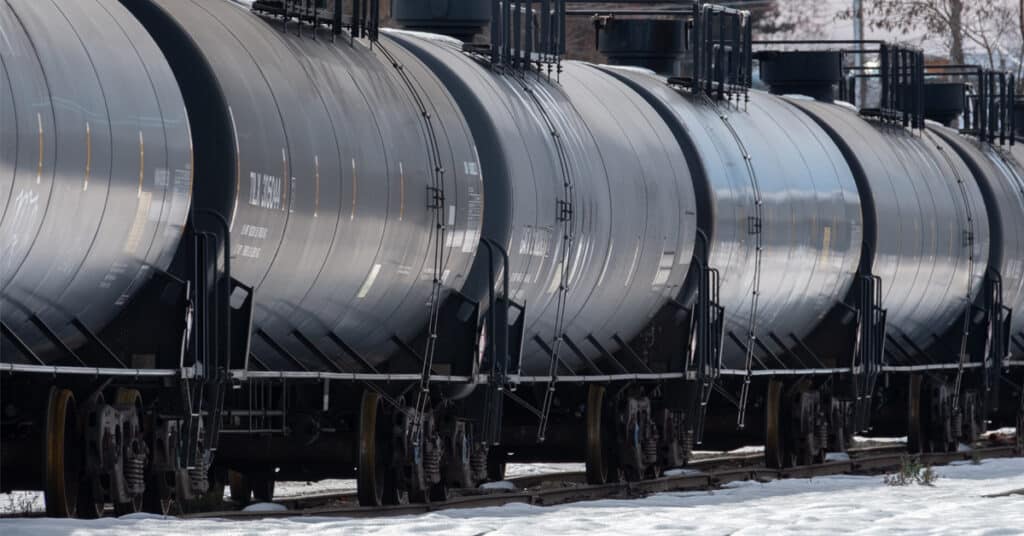

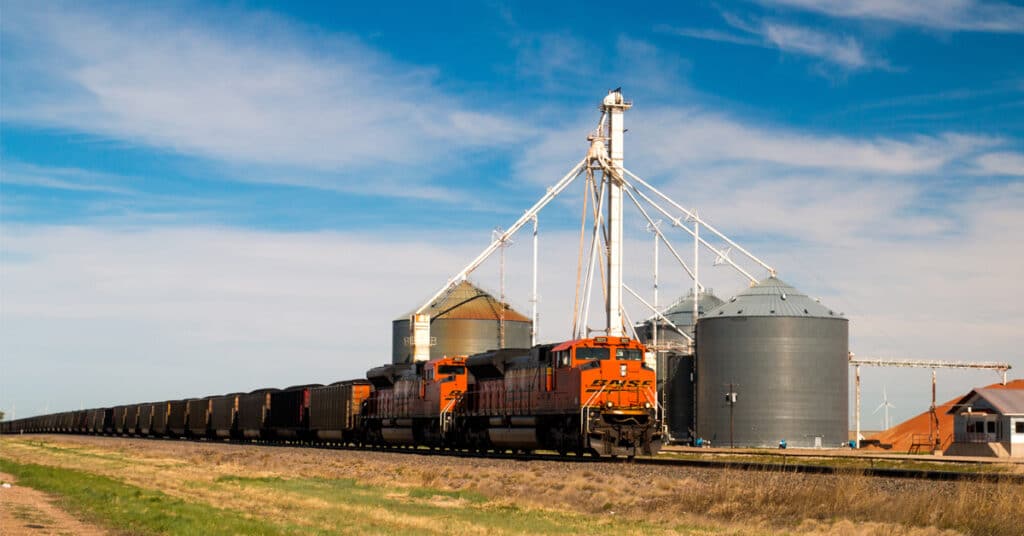
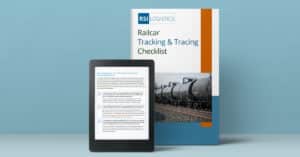



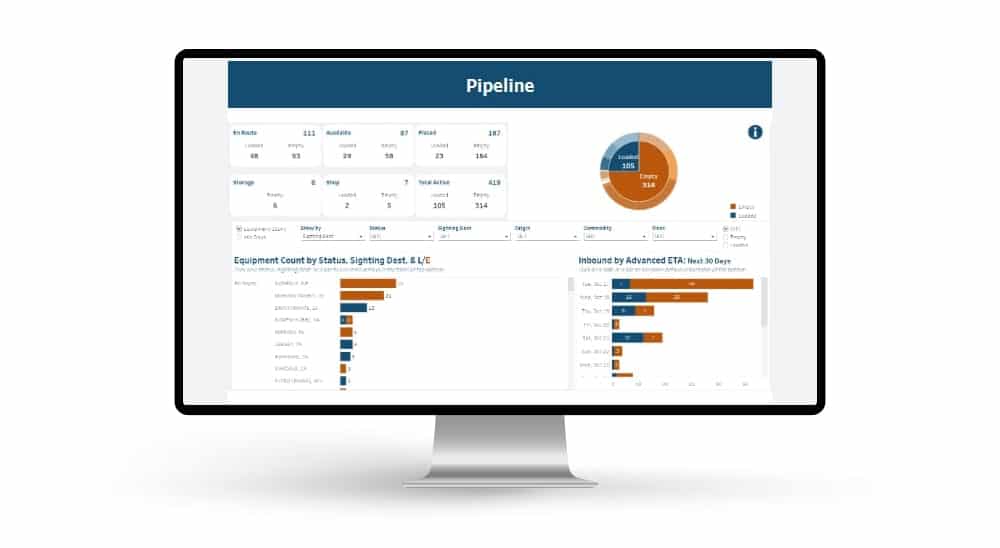 Automated exception reporting of the railcar tracking data makes it easy to identify and troubleshoot jeopardized shipments, thereby enabling you to provide better service to your stakeholders.
Automated exception reporting of the railcar tracking data makes it easy to identify and troubleshoot jeopardized shipments, thereby enabling you to provide better service to your stakeholders.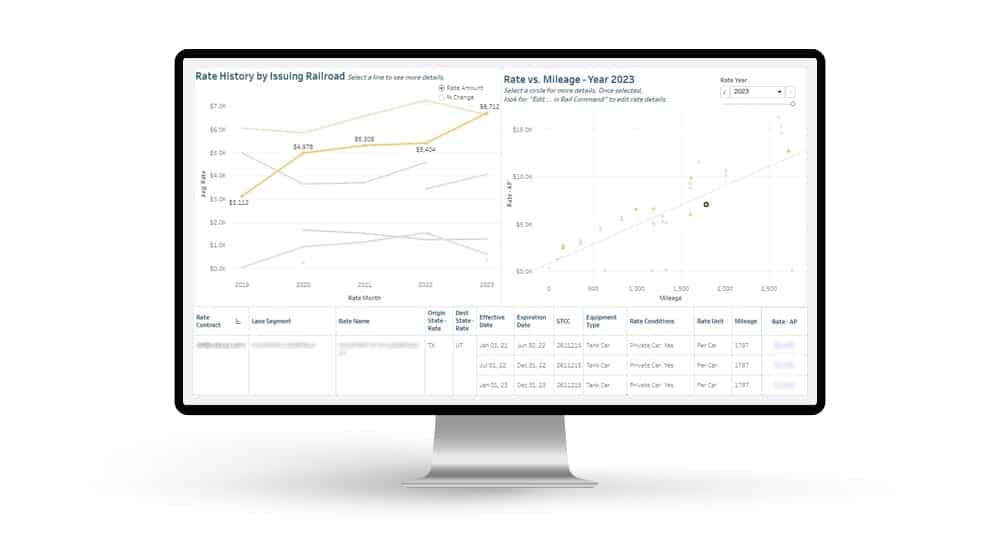 Receive notification of pending rate expirations. Tariff changes and fuel surcharges can be automatically updated.
Receive notification of pending rate expirations. Tariff changes and fuel surcharges can be automatically updated.